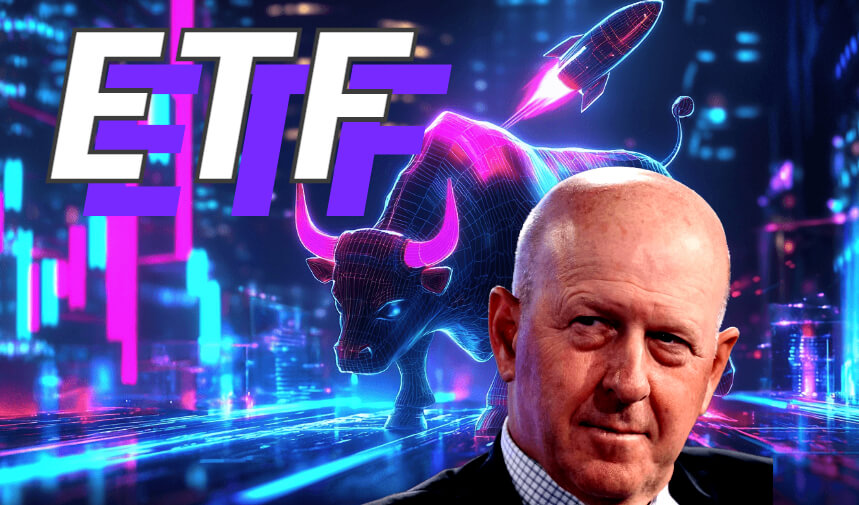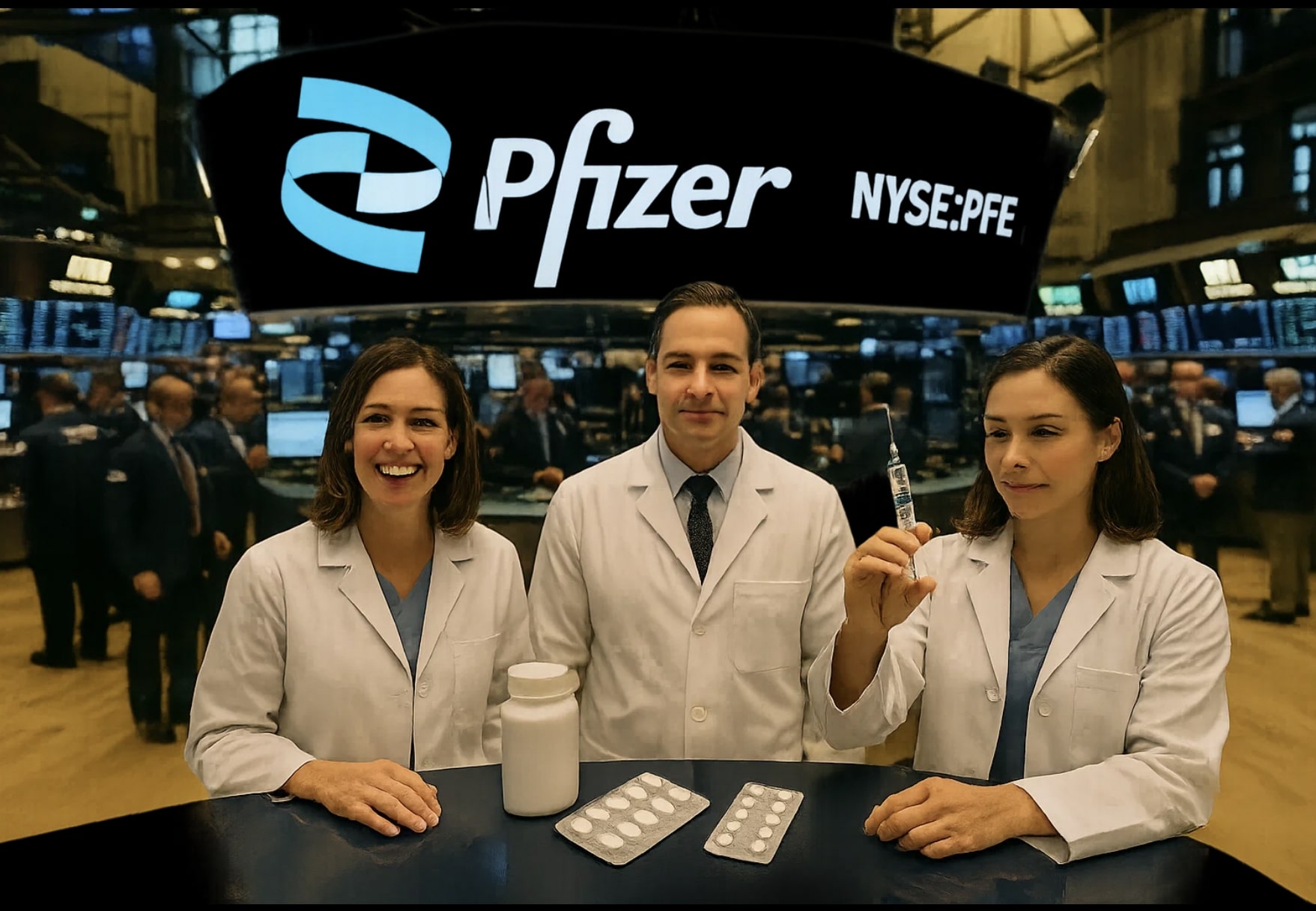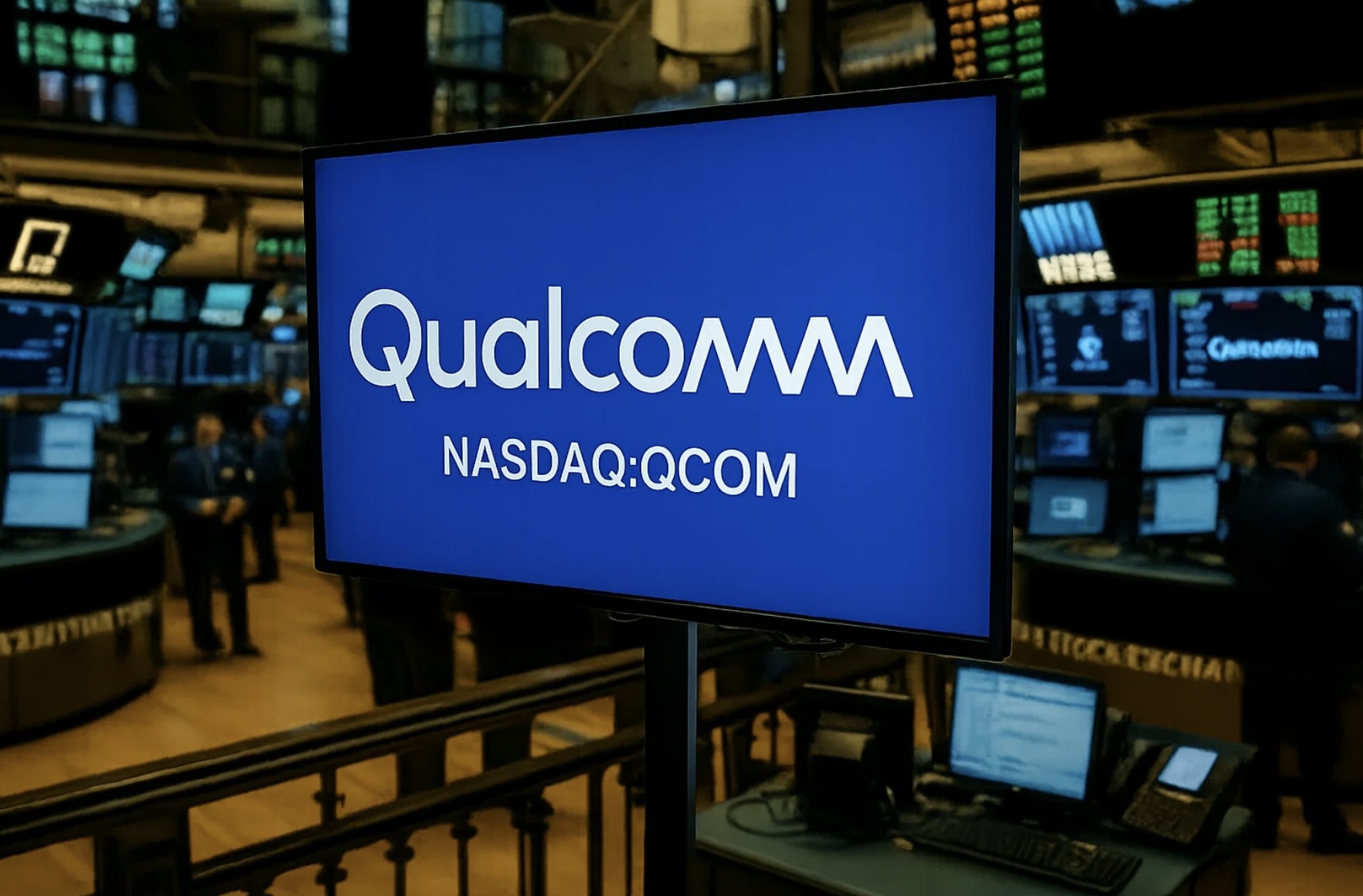
Is Goldman Sachs’ Nasdaq-100 Core Premium Income ETF (NASDAQ:GPIQ) the Best High-Yield Investment Right Now?
Can a 10% yield and tech market exposure make NASDAQ:GPIQ a top pick, or is there a catch? Let’s break it down | That's TradingNEWS
Goldman Sachs Nasdaq-100 Core Premium Income ETF (NASDAQ:GPIQ) – High Yield with Limited Risk or Capped Upside?
NASDAQ:GPIQ, Goldman Sachs’ answer to the covered call ETF market, has been making waves with its massive 10% dividend yield and exposure to tech’s biggest names, including Apple (AAPL), NVIDIA (NVDA), Microsoft (MSFT), and Amazon (AMZN). But is this ETF the best of both worlds, or does its options strategy come with serious trade-offs? Unlike some competitors like QYLD, which sacrifices almost all upside for higher premiums, GPIQ takes a balanced approach—writing call options on 25% to 75% of its holdings to maintain a strong yield while still participating in tech market rallies.
With a net asset value (NAV) of $49.42 and over $400 million in assets under management, GPIQ has already built credibility among investors looking for income in a volatile market. The expense ratio of 0.35% makes it a cost-effective alternative to actively managed income funds, but the real question is: how well does it hold up against rising tech markets, and is the risk worth it?
GPIQ’s Covered Call Strategy – How Does It Work?
At the core of NASDAQ:GPIQ’s income generation is its covered call strategy, where the fund sells call options on 25%-75% of its holdings to generate premium income. This approach provides strong monthly cash flows, translating into a forward dividend yield of over 10%, but it also means that investors trade some of their potential gains for predictable payouts. Unlike QYLD, which writes covered calls on 100% of its assets, GPIQ allows for greater flexibility—offering some upside if the Nasdaq 100 Index surges.
The key advantage here is that while other covered call ETFs leave investors locked into capped returns, GPIQ strategically manages its option-writing percentage to adapt to market conditions. In bullish periods, it may reduce call writing, allowing for more capital appreciation, while in sideways or declining markets, it boosts premium income to stabilize returns.
But is this balance effective? Looking at historical data, GPIQ has outperformed QYLD in total return, while maintaining a similar income profile. Over the past year, GPIQ delivered a total return of 22.85%, nearly matching the Nasdaq 100’s 23% gain—a feat that most covered call ETFs struggle to achieve.
Comparing GPIQ to Other Covered Call ETFs – Does It Stand Out?
Investors seeking high-yield income ETFs have several choices, including JPMorgan’s JEPQ, Global X’s QYLD, and other Nasdaq 100-focused funds. The main trade-off among these funds is the balance between yield and upside potential.
- NASDAQ:GPIQ vs. QYLD – While QYLD’s 100% covered call approach results in even higher premium income, it completely caps upside potential, making it a poor performer in rising markets. GPIQ, by contrast, maintains more growth exposure and has outperformed QYLD in total return over the past year.
- NASDAQ:GPIQ vs. JEPQ – JEPQ follows a similar strategy but with active management of its call-writing process. While both ETFs have posted strong total returns, GPIQ maintains a higher forward yield at 10% versus JEPQ’s 9%, making it slightly more attractive for pure income investors.
Ultimately, for those who want income without completely sacrificing tech upside, GPIQ has emerged as one of the best-performing covered call ETFs in its class.
NASDAQ:GPIQ’s Top Holdings – A Heavy Tech Allocation with Limited Diversification
Like most Nasdaq-100-based ETFs, GPIQ’s holdings are concentrated in large-cap technology stocks, making it highly correlated with the tech sector’s performance. As of its latest report, Apple (AAPL), Microsoft (MSFT), NVIDIA (NVDA), and Amazon (AMZN) together make up nearly 30% of the portfolio. This weighting provides exposure to some of the most innovative and high-growth companies in the world, but also amplifies sector risk, especially if there’s a downturn in big tech valuations.
While this focus has helped GPIQ ride the AI-driven tech rally, it also means that its performance is heavily tied to market cycles. In bearish periods, the combination of lower equity returns and limited upside from call-writing could lead to underperformance.
However, with projected AI growth, deregulation prospects, and continued earnings expansion from major tech giants, many analysts expect the Nasdaq-100 to continue its upward trajectory, making GPIQ a solid choice for investors who want yield but still believe in tech’s long-term upside.
Risk Factors – Can GPIQ’s Strategy Withstand a Market Downturn?
Despite its strong yield and total return performance, NASDAQ:GPIQ comes with its own risks, particularly when markets shift dramatically. Covered call strategies, while great for income generation, expose investors to potential downsides:
- Capped Upside in Bull Markets – While GPIQ allows for some participation in tech growth, it still limits the extent of gains due to its covered call overlay.
- Tech Concentration Risk – The ETF’s portfolio is highly correlated with the Nasdaq-100, meaning any downturn in big tech earnings or regulatory changes could heavily impact returns.
- Interest Rate Sensitivity – As a high-yield income-focused fund, GPIQ is somewhat affected by interest rate movements, as rising rates increase competition from fixed-income assets.
- Liquidity and Trading Volume – While GPIQ’s $400 million in assets makes it relatively stable, it’s still smaller than competitors like QYLD and JEPQ, which means potential liquidity concerns in large trades.
That being said, for investors seeking high-yield payouts and willing to accept moderate growth limitations, GPIQ presents one of the best-balanced options in the covered call space.
Final Verdict – Is NASDAQ:GPIQ a Buy, Sell, or Hold?
Looking at the big picture, NASDAQ:GPIQ stands out as one of the best covered call ETFs available today. Its 10%+ dividend yield, strategic options approach, and strong total return performance make it a compelling choice for income investors who want exposure to tech without fully capping upside.
Compared to QYLD, GPIQ’s better total return performance makes it a superior choice. When stacked against JEPQ, it offers a higher yield, making it more attractive for pure dividend-seeking investors. However, those looking for maximum growth in a strong bull market may find traditional Nasdaq-100 ETFs like QQQ a better fit.
With AI expansion, continued big tech dominance, and stable market conditions, GPIQ remains a strong buy for investors who want a steady income stream with limited risk. Given its monthly payouts and long-term growth potential, NASDAQ:GPIQ is a must-watch for high-yield seekers in 2025.
For real-time price updates and further details, check the official GPIQ chart on TradingNews.
















